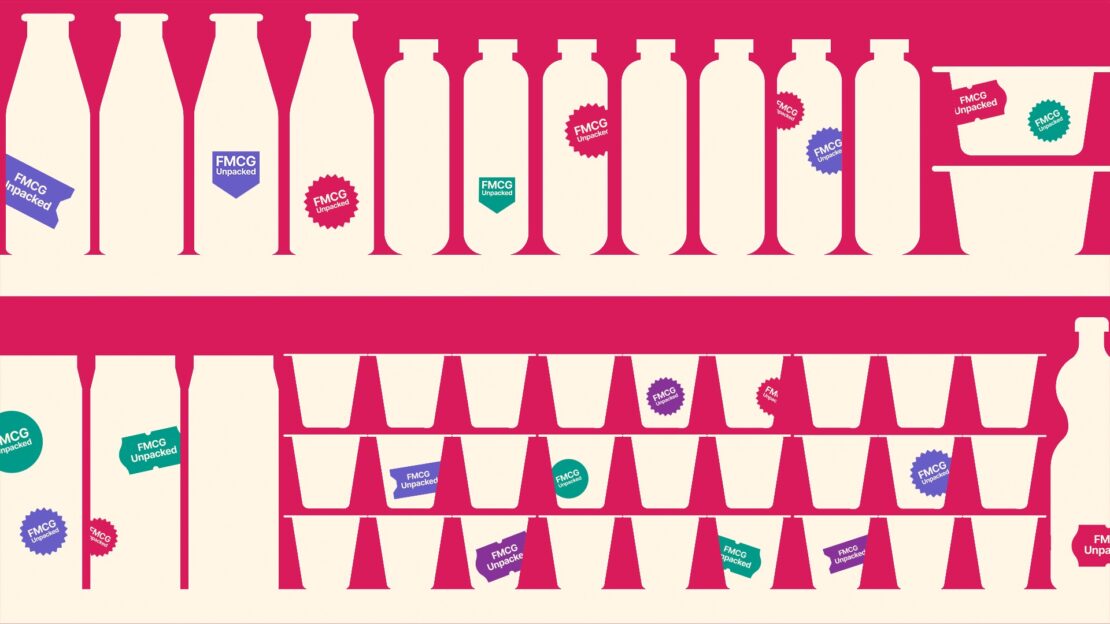What’s in store for our high streets post-pandemic?
October 6th, 2023
As COVID-19 disrupts and changes our shopping and socialising habits, how will our high streets adapt and innovate? Ashley Daly, an Account Manager in Grayling’s London office, explores the issue.
In 1796, a silk seller by the name of Anthony Harding opened the doors to what is now regarded as the world’s first department store. A converted mansion on London’s Pall Mall, Harding, Howell & Co.’s was split into four departments, offering exotic goods from furs to fabrics, jewellery to perfume and even a small restaurant.
Combining convenience with unique, quality goods, and importantly a social occasion, it’s no surprise that Harding’s disruptive concept was quickly adopted across the country, paving the way for many of the much-loved brands we see on our high streets today, including Debenhams (1813), House of Fraser (1849) and John Lewis & Partners (1864).
Fast forward to Black Friday 2020 and it’s clear to see that our high streets are going through a similar period of disruption. According to Retail Economics, sales online will overtake sales made in-store within the decade, as demand for cheaper goods grows and deliveries become faster and more convenient. In a way, it’s similar to the innovations by Harding in transforming how we shop and what we buy, with shiny new platforms offering the world’s products at your fingertips.
Yet, while department stores drive footfall to high streets, which in turn results in trade for surrounding businesses, the rise of online shopping is having the opposite effect. Without the need for a physical transaction, e-commerce is taking human activity away from high streets. In Britain, high street footfall has fallen for eight consecutive years, and one in eight high street retail units now lie empty. Many of our much-loved high street brands are struggling to keep the lights on.
There’s no doubt the pandemic is hastening this decline, at least in the short-term, with visiting high streets virtually prohibited during lockdown. But, while the immediate outlook may seem gloomy, there are some reasons to be cheerful. High streets are adapting – as they always have – to changing consumer behaviour, providing hope that 2021 could be a transformative year:
- We’ve rediscovered our local – working from home and less time spent commuting has meant that we’ve become more reliant on local shops for essential supplies or that shopping ‘fix’. 81% of us are shopping as much or more with local shops, compared to before the pandemic. We’ve also become more concerned about the environmental impact of shopping, with almost half of consumers now making more sustainable choices when shopping. While we may slowly return to workplaces, COVID-19 has provided a jumpstart in resetting consumers’ mindsets when it comes to how we shop and what we buy; a mindset which can only be expected to only solidify into next year.
- Urban centres are becoming people-friendly again – as we were Eating Out to Help Out, bars and restaurants expanded their outside areas and sprawled out on to our high streets. While this al-fresco approach may not be suited to the British climate all year-round, COVID-19 has without doubt changed how we’re using our high street spaces. In Bristol, the Metro Mayor has recently highlighted how COVID-19 is providing the impetus to turn part of the city’s historic centre into a pedestrian-only zone. As local authorities reassess town plans, we can expect to see more pavements widened, cycle routes improved, and vehicle access reduced, making high streets more appealing places to meet and explore.
- Retail rents are dropping – as footfall continues to slide, so will the value of high street retail units. While the pandemic has sadly forced many business owners to shut up shop, falling rental prices could provide an opportunity for many up-and-coming retailers to acquire a premises for the first time. The popular ‘pop-up’ model is also providing traders with increased flexibility and fewer overhead costs, including exempting them from costly business rates. Kidderminster is a great example of this, where a former Argos store is currently being transformed into an indoor hub, ‘Pop-up Central’, which is expected to house over 30 new small businesses.
- Businesses are diversifying – the most heart-warming stories of the pandemic have been those of resilient shopkeepers and their commitment to fight back. From establishing new ways of reaching their customers to providing new products, the pandemic has pushed business owners to innovate, be flexible and creative, and to change their business plans to meet the new needs of their customers. In fact, two million of the UK’s SMEs are thought to have adapted their business plans during the past year. As high streets reopen, this increased range of goods and services being offered by local businesses will help entice shoppers to visit, rather than searching for alternatives online.
If we want our high streets to thrive as the beating heart of our communities (and research suggests we do), then we all need to act. Businesses must take inspiration from Anthony Harding and rethink what they have to offer. Local councils must reimagine urban centres; renovating empty shops to offer greater mixed-use spaces, and making high streets more accessible, social destinations. For high street brands, large and small, showcasing uniqueness and creating physical experiences will give shoppers reason to visit. And for all of us, shoppers and local residents, remember that where we shop is as important as what we buy, if we are to support the high streets we love.

